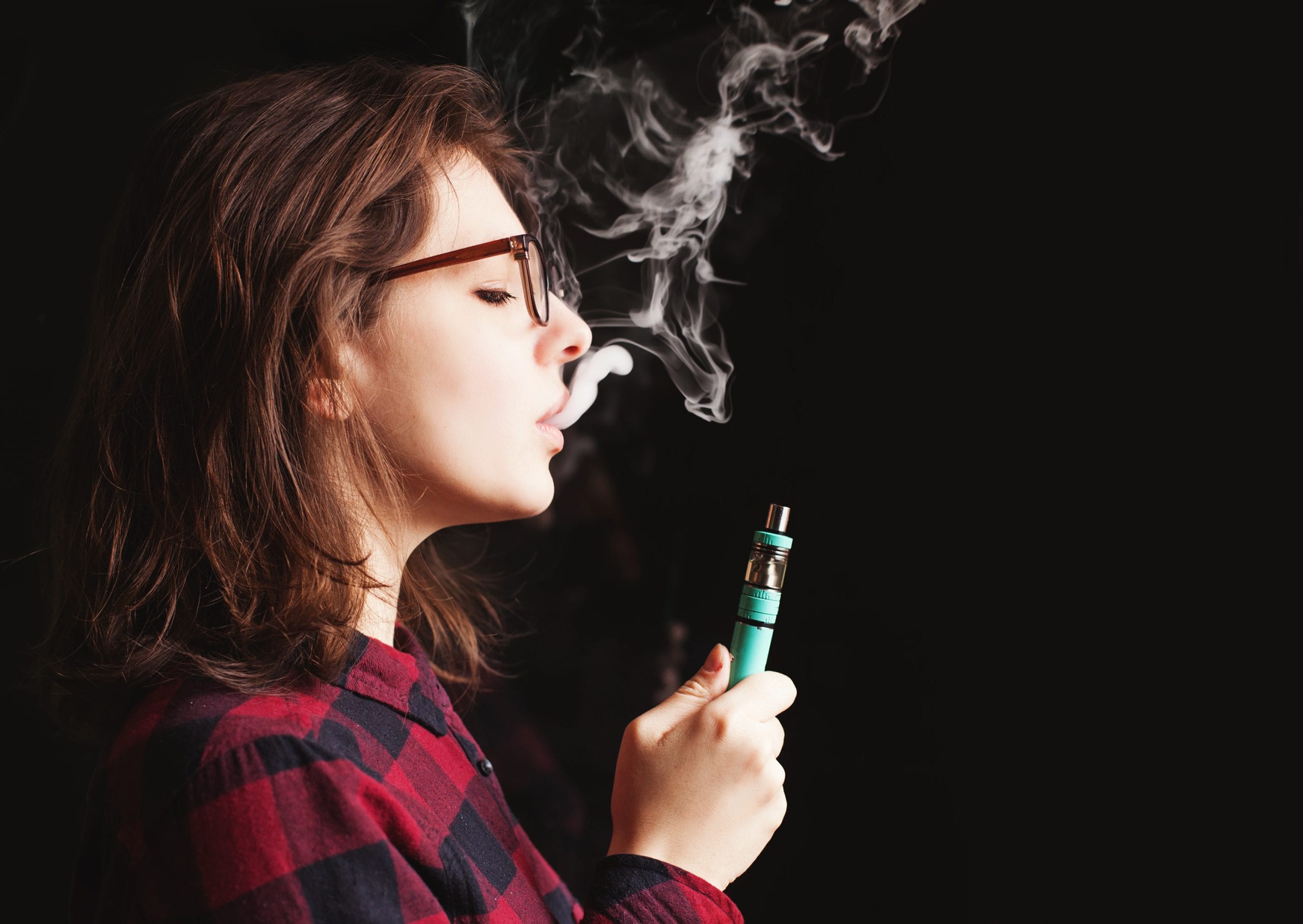
The Vaping Craze: Unveiling the Cloud-Filled Controversy
- by Jose Bryant
Vaping, the modern phenomenon that has taken the world by storm, is a subject of intense scrutiny and debate. With its growing popularity, it has raised numerous questions about its safety, effectiveness, and potential long-term effects. As the vapor clouds billow and dissipate, so too does the cloud-filled controversy surrounding this unique practice.
Defined as the act of inhaling and exhaling aerosol produced by an electronic device commonly known as a vape pen, vaping has rapidly gained traction as an alternative to traditional smoking. Proponents argue that it offers a safer alternative, free from the harmful toxins and strong odors associated with traditional cigarettes. Moreover, vaping has been touted as a means to help smokers quit their tobacco habit, offering a potential pathway towards a smoke-free lifestyle.

However, amidst the haze of enthusiasm surrounding vaping, concerns have emerged regarding its potential risks. The ingredients in vape liquids, typically containing nicotine, flavorings, and other additives, have raised questions about the long-term impacts on the respiratory system, cardiovascular health, and overall well-being of vapers. Additionally, the widespread appeal of vaping among teenagers and young adults has sparked worries about the potential for addiction, gateway usage, and its influence on the smoking trajectory of the younger generation.
As the vaping industry continues to evolve, it becomes crucial to delve into the depths of this emerging trend. By examining the scientific research, understanding the perspectives of both proponents and skeptics, and exploring the latest regulations and advancements, we can gain a clearer understanding of the vaping craze that has gripped individuals from all walks of life. Join us as we unveil the cloud-filled controversy surrounding vaping, bringing the intricacies of this phenomenon to light.
The Rise of Vaping: A Brief History
Vaping, a term derived from the action of inhaling and exhaling vapor produced by an electronic cigarette or similar device, has gained tremendous popularity in recent years. It has become a trend among individuals from various age groups and backgrounds, sparking both intrigue and controversy. Let us delve into the origins of this fascinating phenomenon and explore how it has evolved over time.
The concept of vaping can be traced back to the early 2000s when a Chinese pharmacist named Hon Lik invented the modern electronic cigarette as an alternative to traditional tobacco smoking. Lik, a former smoker himself, aimed to create a less harmful way for individuals to satisfy their nicotine cravings. His invention utilized a battery-powered device that heated a liquid containing nicotine, producing an aerosol mist that users could inhale.
Initially introduced in the Chinese market, vaping devices gradually gained recognition and were eventually introduced to the international stage in the mid-2000s. As the popularity of vaping soared, numerous companies emerged, offering a wide range of products to cater to the growing demand. This marked the beginning of a thriving industry that continues to thrive to this day.
The rise of vaping was propelled by several factors, including the perception that it was a healthier and more socially acceptable alternative to smoking traditional cigarettes. Furthermore, vaping offered a variety of enticing flavors, drawing the attention of many curious individuals looking to try something new. As a result, vaping quickly became a global trend, attracting users from across the globe who found solace in this novel way of smoking.
In summary, vaping has a relatively short but fascinating history. From its humble beginnings as an innovative invention by a determined pharmacist, it has grown into a widely embraced trend across multiple cultures. As we move forward in our exploration of vaping, we will uncover the controversies and health concerns that have become intertwined with its meteoric rise. Stay tuned for the next section where we delve deeper into the impact of vaping on individuals and society as a whole.
Health Concerns: Debunking Myths and Addressing Risks
When it comes to vaping, there are several misconceptions surrounding its effects on health. It is important to separate fact from fiction and address the risks associated with this popular trend.
Firstly, there is a common misconception that vaping is completely harmless. However, it is crucial to understand that while vaping may be less harmful than traditional smoking, it is not without risks. The primary concern lies in the potential adverse effects of inhaling the chemicals present in e-cigarette aerosols. Although these chemicals are generally present in lower levels compared to combustible cigarettes, they can still have detrimental effects on lung health.
Another myth surrounding vaping is that it is a safe alternative for non-smokers, specifically targeting the younger generation. It is important to note that e-cigarettes were initially developed as a harm reduction tool for adult smokers who couldn’t quit traditional smoking. However, the rise in popularity among teenagers and non-smokers raises concerns. The nicotine content present in e-cigarettes can be highly addictive and may serve as a gateway to traditional smoking or other substance use.
iget goat
Lastly, there is a misconception that secondhand vapor is harmless. Studies have shown that e-cigarette aerosols can contain harmful substances, including nicotine, ultrafine particles, and volatile organic compounds. These emissions can negatively impact the air quality, particularly in enclosed spaces. Therefore, it is essential to recognize that exposure to secondhand vapor may have potential health consequences.
In conclusion, while vaping is often regarded as a safer alternative to traditional smoking, it is crucial to address the health concerns associated with it. Debunking myths and understanding the risks is important to make informed decisions about its usage.
Regulation and Consumer Education: Navigating the Vaping Landscape
The popularity of vaping has brought forth the need for adequate regulation and consumer education. As this market continues to thrive, governments around the world are stepping in to establish guidelines and safety standards to protect users. Additionally, educating consumers about the potential risks and responsible usage of vape devices is crucial.
Regulations surrounding vaping differ between countries and even states or provinces. Some areas have implemented strict laws, such as age restrictions and bans on certain flavors, to prevent underage vaping and curb the rising number of vaping-related incidents. These regulations aim to strike a balance between allowing adult smokers to access potentially less harmful alternatives while addressing concerns about the widespread use of vape devices among young individuals.
Consumer education plays a pivotal role in ensuring the responsible use of vape products. Understanding the components of e-liquids, proper maintenance of devices, and recognizing potential health risks associated with vaping are essential for users. By providing accessible and accurate information, consumers can make informed decisions about their vaping habits and minimize any potential harm.
By implementing effective regulations and promoting consumer education, society can better navigate the vaping landscape. It is crucial to prioritize the health and safety of both new and existing vape users while allowing for responsible enjoyment of these products. As the vaping industry continues to evolve, ongoing efforts in regulation and education are vital to ensure the well-being of individuals engaging in this controversial trend.
Vaping, the modern phenomenon that has taken the world by storm, is a subject of intense scrutiny and debate. With its growing popularity, it has raised numerous questions about its safety, effectiveness, and potential long-term effects. As the vapor clouds billow and dissipate, so too does the cloud-filled controversy surrounding this unique practice. Defined as…